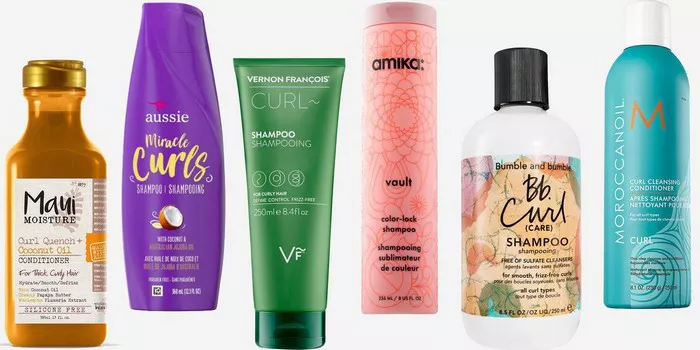Swimming is a delightful way to stay active and cool off, but for those conscious of their hair health, the question arises – should you put oil in your hair before taking a dip? In this article, we explore the considerations surrounding this practice and delve into whether applying oil before swimming can be a beneficial strategy for maintaining healthy hair.
Understanding the Impact of Chlorine and Saltwater: The Hair’s Natural Foes
Before diving into the decision of whether to use oil before swimming, it’s crucial to understand the potential challenges posed by the water itself. Chlorine in pool water and salt in seawater can have adverse effects on hair, including dryness, brittleness, and color fading. The need to protect the hair from these elements prompts individuals to consider pre-swimming treatments, such as applying oil.
The Protective Shield: How Oil Can Safeguard Your Hair
One of the primary reasons people consider applying oil before swimming is its potential to create a protective shield for the hair. Oil forms a barrier that helps repel water, reducing the absorption of chlorine or salt. This can be especially beneficial for individuals with porous hair, as the oil barrier minimizes the impact of water-induced damage and keeps the hair shaft more resistant to external factors.
Choosing the Right Oil: Tailoring to Your Hair’s Needs
Not all oils are created equal, and selecting the right one for your hair type and needs is crucial. For instance, coconut oil is known for its ability to penetrate the hair shaft, providing deep nourishment and hydration. Argan oil, on the other hand, is lighter and suitable for those with finer hair. Consider your hair’s texture and the desired outcome when choosing an oil for pre-swimming application.
Preventing Hydration Loss: Oil as a Moisture Sealant
Swimming, especially in chlorinated pools, can strip the hair of its natural oils, leading to dehydration and increased porosity. Applying oil before swimming can act as a moisture sealant, helping to lock in the hair’s natural hydration. This can be particularly advantageous for individuals with dry or damaged hair, as it contributes to maintaining moisture balance and preventing excessive dryness post-swim.
The Caveat: Oil and Water Repellency
While oil can create a protective barrier, it’s essential to acknowledge that oil and water do not mix seamlessly. Some individuals may find that the oil repels water unevenly, resulting in patches of hair that are not adequately protected. Proper application and distribution are crucial to ensuring that the oil forms a consistent shield, minimizing the risk of chlorine or saltwater penetration.
A Pre-Swim Ritual: How to Apply Oil to Your Hair
For those opting to use oil before swimming, the application process is key to its effectiveness. Begin with dry hair and distribute a moderate amount of oil evenly from roots to tips. Use a comb to ensure thorough coverage, paying attention to areas prone to dryness or damage. Allow the oil to penetrate for at least 15-30 minutes before entering the water, giving it time to create a protective barrier.
The Post-Swim Routine: Nurturing Your Hair Back to Health
Regardless of whether you apply oil before swimming, a post-swim hair care routine is essential. Rinse your hair thoroughly with fresh water to remove chlorine or salt, and follow up with a gentle shampoo and conditioner. Deep conditioning treatments can be particularly beneficial to restore any lost moisture and nourish the hair after exposure to pool or seawater.
Considering Alternatives: Protective Measures Beyond Oil
While oil can be an effective pre-swim treatment, there are alternative protective measures to consider. Wearing a swim cap, for instance, provides a physical barrier that shields the hair from direct contact with chlorinated or saltwater. Additionally, thoroughly wetting the hair with fresh water before swimming can minimize its ability to absorb as much chlorine or salt, reducing potential damage.
Consulting a Professional: Personalized Advice for Your Hair
For personalized guidance on protecting your hair before swimming, consulting with a professional hairstylist or dermatologist is advisable. These experts can assess your specific hair type, concerns, and lifestyle to provide tailored recommendations. Whether it’s choosing the right oil, adopting protective measures, or incorporating post-swim treatments, professional advice can enhance your overall hair care strategy.
See Also: 6 Benefits of Biotin Tablets: Everything You Need To Know
Conclusion: A Balancing Act for Healthy, Happy Hair
The decision to put oil in your hair before swimming is a nuanced choice that depends on various factors, including your hair type, the swimming environment, and personal preferences. While oil can offer a protective shield against chlorine and saltwater, it’s essential to consider alternative measures and maintain a holistic approach to hair care. Striking a balance between protective strategies and post-swim care is key to ensuring that your hair remains healthy, hydrated, and vibrant, even after a refreshing swim.


